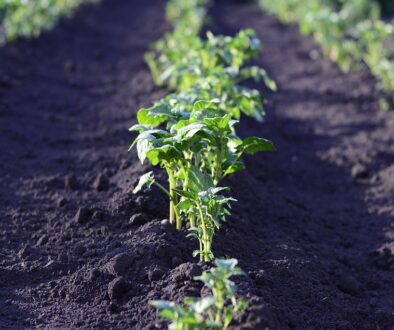Article by: Suzette Morshead
Top Tips for Successful Vegetable Gardening: Grow Your Own Fresh Produce
Gardening is a fulfilling and rewarding hobby that allows you to connect with nature, enjoy fresh air, and most importantly, grow your own fresh produce. Whether you’re a seasoned gardener or a beginner, successful vegetable gardening requires some knowledge, patience, and the right tools. Here are my top tips for growing a thriving vegetable garden, along with a personal story to inspire you on your journey.
My Gardening Journey
A few years ago, I decided to start a vegetable garden in my small backyard. At first, I was overwhelmed by the sheer amount of information and the effort it seemed to require. My first attempt was a mixed bag—some plants thrived, others struggled or didn’t grow at all. However, as I learned and adapted, my garden began to flourish. One summer, my tomatoes and cucumbers were so abundant that I ended up sharing fresh produce with my neighbors. That sense of accomplishment and the joy of eating vegetables straight from the garden was unlike anything I had experienced before. Now, gardening is a cherished part of my life, and I’m excited to share the tips that helped me succeed.
Top Tips for Successful Vegetable Gardening
1. Start with Quality Soil
Healthy plants start with healthy soil. Invest time in preparing your soil by mixing in organic compost and well-rotted manure. This improves soil texture, enriches nutrients, and enhances drainage. Test your soil’s pH level to ensure it’s suitable for the vegetables you want to grow.
2. Choose the Right Location
Vegetables need plenty of sunlight—at least 6 to 8 hours a day. Find a spot in your garden that gets ample sun and has good air circulation. Avoid shady areas or places prone to waterlogging.
3. Select Vegetables Suited to Your Climate
Research which vegetables grow best in your local climate and growing season. Some plants thrive in cooler weather (like lettuce and spinach), while others prefer warmth (like tomatoes and peppers).
4. Start Small
If you’re a beginner, don’t overwhelm yourself with a large garden. Start with a few easy-to-grow vegetables like radishes, lettuce, or green beans. You can expand gradually as you gain confidence.
5. Water Wisely
Consistent watering is crucial, but overwatering can harm plants. Water deeply and less frequently to encourage strong root growth. Early morning is the best time to water to reduce evaporation and prevent fungal diseases.
6. Mulch Your Garden
Mulching helps retain soil moisture, suppress weeds, and regulate soil temperature. Organic mulches like straw, grass clippings, or shredded leaves also add nutrients to the soil as they decompose.
7. Monitor for Pests and Diseases
Keep an eye on your plants for signs of pests or diseases. Use natural remedies or organic pesticides to manage problems promptly and avoid damaging beneficial insects.
8. Harvest Regularly
Harvest vegetables as soon as they’re ripe. This encourages plants to produce more and prevents overripened produce from attracting pests.
9. Keep Learning and Experimenting
Gardening is an ongoing learning process. Read books, join gardening clubs, and experiment with different techniques to find what works best for your garden.
Essential Items for Your Vegetable Garden
- Quality organic compost and fertilizer
- Gardening gloves
- Trowel and spade
- Watering can or garden hose with a spray nozzle
- Mulch (straw, grass clippings, shredded leaves)
- Garden markers or labels
- Pest control solutions (natural or organic)
- Raised beds or containers (optional depending on your space)
- Garden trellis or stakes for climbing plants
Final Thoughts
Growing your own vegetables is a gratifying experience that rewards you with fresh, flavorful produce and a deeper appreciation for nature. With patience, care, and the right tools, anyone can cultivate a successful vegetable garden. Remember, every gardener starts with a single seed—give yourself time and space to grow alongside your garden.
Happy gardening! 🌱🍅🌽
Article by: Suzette Morshead


